Read Research and Innovation Stories
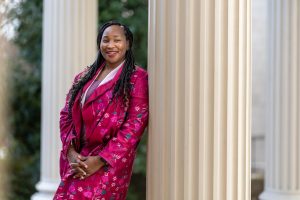
Research Uncovered: Iheoma U. Iruka
Iheoma U. Iruka is a research professor in the Department of Public Policy and founding director of the Equity Research Action Coalition within the FPG Child Development Institute. She studies how to promote the health, wealth, and educational excellence of minoritized children and children from low-income households.
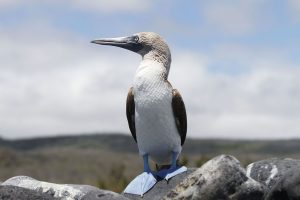
Galápagos: A gateway for global research
UNC Center for Galápagos Studies has been a hub of collaborative research activity. Diego Riveros-Iregui and Amanda Thompson, the center’s new interim co-directors, strive to use their own experiences from the islands to expand its reach as a world-renowned research institution.
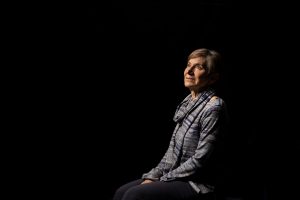
On Being Human
As many scholars identify what makes humans similar to other creatures, UNC philosophy professor Susan Wolf strives to discover other attributes that make us unique.
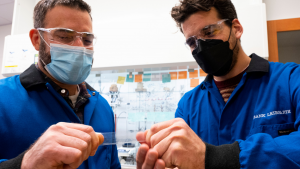
Creating a better plastic
Carolina chemists may have a solution to the country’s plastic problem by “upcycling” plastic trash to tougher, stronger material.
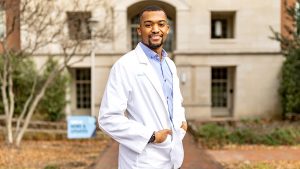
A ‘natural landing spot’
Carolina alumnus Brandon Feaster arrived in Chapel Hill with his eyes set on a Ph.D. in biology for a career in the research lab. But undergrad research and the Chancellor’s Science Scholars provided the Tar Heel with the experiences and support to pursue a different career.

Building a more inclusive scientific community through the Chancellor’s Science Scholars
The Chancellor’s Science Scholar’s program at Carolina is supporting promising young scientists and actively working to build a more diverse scientific community. That goal, director Thomas Freeman says, is critical to everybody.
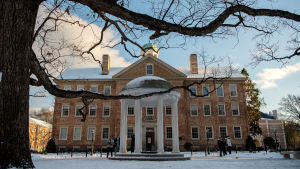
UNC-Chapel Hill scientists, researchers named 2021 AAAS fellows
Faculty members in the College of Arts & Sciences, School of Medicine and Eshelman School of Pharmacy have been elected fellows of the American Association for the Advancement of Science. Biologist Amy Gladfelter is one of the new fellows.
